Destination • August 2017
The Caribbean’s ‘Big Five’ checklist
While its brilliant-white sandy beaches and laid-back lifestyle are certainly a lure for sunseekers, there’s more to the Caribbean than that: its 700-plus islands are also home to weird and wonderful wildlife – some of which are found only in the tropical archipelago. Sarah Baxter, editor of ZiNG Caribbean magazine, reveals the top five creatures to add to your checklist
Wild pigs
Where? Bahamas
Pigs might not fly, but in the Bahamas they do like to swim. On uninhabited Big Major Cay, a handful of wild pigs have developed a penchant for paddling. No one’s quite sure how they got there: some say they survived a shipwreck, others believe they were left by sailors who never returned.
How to see them: Boat trips run from Great Exuma and Nassau to ‘Pig Beach’, where it’s possible to swim with the animals.
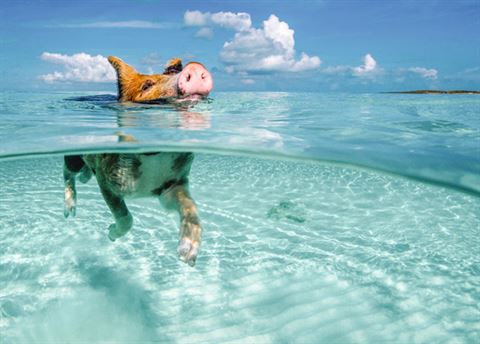
Green vervet monkeys
Where? St Kitts and Nevis
Originally an African species, green vervets were brought by European settlers to St Kitts in the 17th century as pets. Their population has since boomed, possibly to more than 50,000. They’re also partial to a rum cocktail – legend has it they used to guzzle the fermented run-off from St Kitts’ sugarcane factories.
How to see them: They hang around bars, but for a wilder encounter, follow a hiking trail into the protected rainforest.
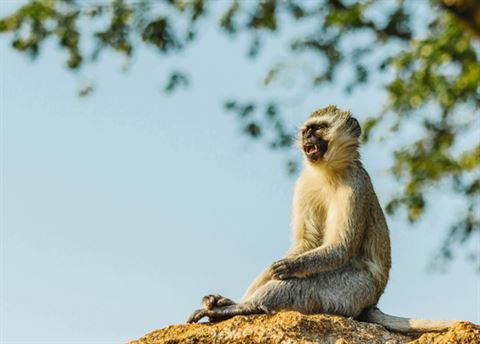
Hummingbirds
Where? Region-wide
Hummingbirds are found throughout the Americas, but the Caribbean is home to 18 species found nowhere else – from the Antillean crested hummingbird, with its iridescent-green plume, to the Cuban bee hummingbird, the world’s smallest bird.
How to see them: Head to Jamaica’s Rocklands Bird Sanctuary for close encounters with the flamboyant red-billed streamertail. Or try Trinidad’s Asa Wright Nature Centre, to see more than 10 different types.
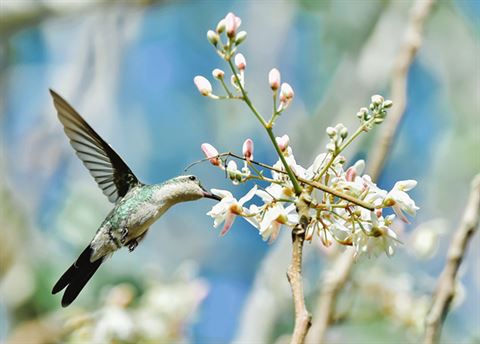
Blue iguana
Where? Cayman Islands
Is that a large turquoise dragon stomping across the beach? If you’re on Grand Cayman, you’re probably watching one of the island’s endemic blue iguanas. These vibrant reptiles can grow to more than 1.5 metres long and live for more than 60 years. At the turn of the 21st century the wild population had plummeted below 25, but thanks to a conservation programme there are now more than 800 – and growing.
How to see them: Take a behind-the-scenes blue iguana safari at Grand Cayman’s captive breeding facility to learn how they are being brought back from the brink of extinction.
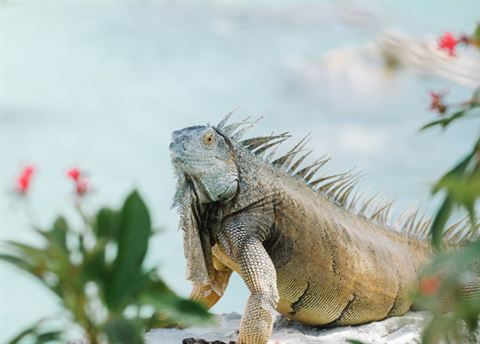
Mountain chicken
Where? Dominica
This is no hill-loving bird, rather it’s one of the world’s biggest frogs, which happens to taste like chicken. Indeed, crapaud – as they are locally known – was Dominica’s unofficial national dish until habitat loss and a lethal fungus decimated numbers. This muscular beast is now critically endangered – as few as 100 are thought to remain.
How to see them: You’ll need luck. Once found across the eastern Caribbean, mountain chickens are now restricted to Dominica and Montserrat. In Dominica, search the western lowlands’ moist areas, especially near streams.
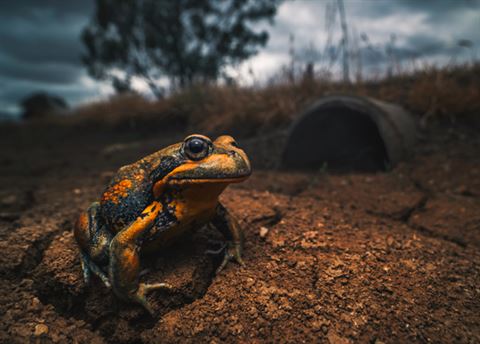
This article has been tagged Adventure, Destination
